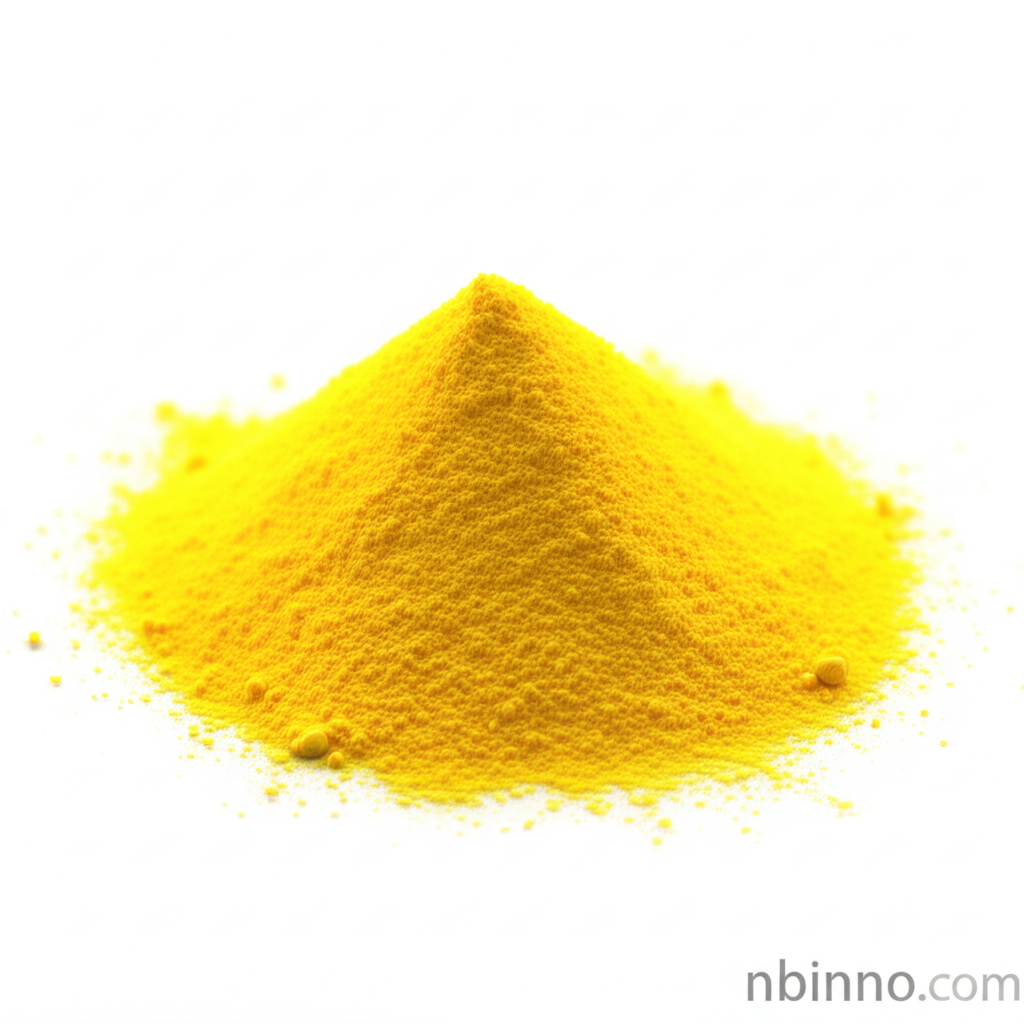High-Purity Trimethyl 2,2':6',2''-terpyridine-4,4',4''-tricarboxylate
A key intermediate for advanced materials, enabling innovation in MOFs, COFs, and optoelectronics.
Get a Quote & SampleProduct Core Value

Trimethyl 2,2':6',2''-terpyridine-4,4',4''-tricarboxylate
This high-purity compound, also known as methyl 2,6-bis(4-methoxycarbonylpyridin-2-yl)pyridine-4-carboxylate, is a critical chemical intermediate with a molecular formula of C21H17N3O6 and a molecular weight of 407.376. It serves as a foundational element in the synthesis of complex molecular architectures for cutting-edge technological applications.
- Unlock advanced material possibilities with this vital 4,4',4''-tricarbmethoxy-2,2':6'2''-terpyridine CAS 330680-46-1, facilitating groundbreaking research.
- Explore novel applications in MOFs and COFs synthesis intermediates, leveraging its unique terpyridine structure.
- Discover its role in creating next-generation OLED and photoelectric materials precursors, driving advancements in display and energy technologies.
- Utilize its reliability as a high purity heterocyclic chemical intermediate for demanding organic synthesis projects.
Product Advantages
Exceptional Purity
Ensures reliable and reproducible results in complex syntheses, crucial for high purity heterocyclic chemical intermediate applications.
Versatile Building Block
Its structured terpyridine core makes it an excellent component for creating intricate molecular designs in organic chemistry building blocks for materials.
Enabling Advanced Technologies
Essential for developing advanced materials such as MOFs, COFs, and OLEDs, supporting innovation in various high-tech fields.
Key Applications
Metal-Organic Frameworks (MOFs) & Covalent Organic Frameworks (COFs)
As a key component in MOFs and COFs synthesis intermediates, it contributes to the creation of porous materials with diverse applications in gas storage and catalysis.
OLED & Photoelectric Materials
Its unique electronic properties make it an ideal precursor for OLED and photoelectric materials precursors, enhancing the performance of organic electronic devices.
Organic Synthesis
Serves as a fundamental chemical intermediate for advanced applications, enabling chemists to construct complex organic molecules with specific functionalities.
Research & Development
Valuable for academic and industrial research, furthering the exploration of novel materials and chemical pathways.
